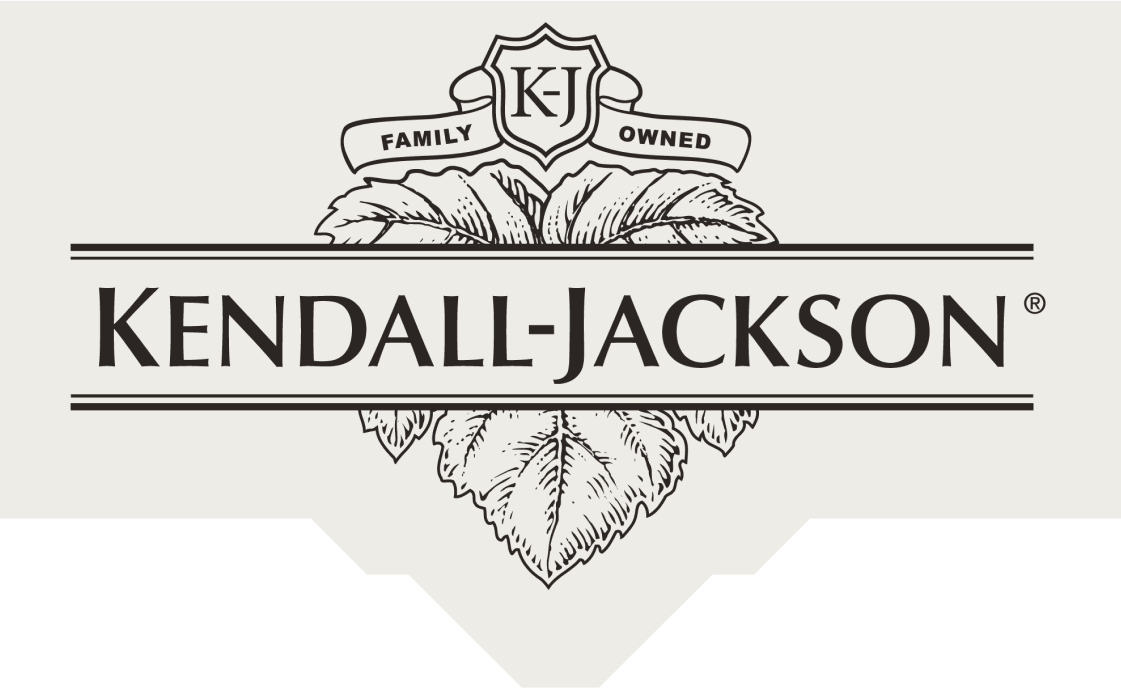What Do Jeans And Plastic Bottles Have In Common?
We recognize that it’s not all about us. As company made up of everyday people who are consumers too, from time to time we’ll share with you what we learn about the sustainable marketplace as we do with our own team.
It’s fairly easy to make earth friendly and healthy choices when it comes to food or household cleaners, but what about clothing? The options are limited when it comes to apparel. But now Levi Strauss is getting ready to change that with the debut of its newest collection of sustainable clothing; and get this, the company is using recycled plastic.
Levi’s just announced that its Spring 2013 collection will include the Waste
The plastic is collected through municipal recycling programs, sorted by color and transformed into a polyester fiber. Next, polyester and cotton fibers are blended together, which is finally woven with traditional cotton yarn to create the denim used in the new jeans. They plan to utilize over 3.5 million recycled bottles this year.
It’s not Levi’s first effort at sustainable clothing either. In 2011 they released the Water
You may be as surprised as I was to learn that it takes almost 500 gallons of water to make one pair of jeans; about 90% of that amount is used to grow cotton. The fact that most of the water use comes from growing the crop isn’t that surprising to me since our main business is farming. However, the 500 gallons for one pair of jeans did catch my attention. So, as a member of the Better Cotton Initiative, Levi Strauss works to reduces water and pesticide use in the field and help support individual cotton farmers who grow 80% of the global crop.
Additionally, if you bought denim from Levi’s in the last three years you may have noticed “A Care Tag for our Planet” on the garment. It’s an initiative to educate consumers about how to clean their clothes with less environmental impact. The hope is that the tag will encourage people like us to donate used jeans to Goodwill rather than throwing them out.
It’s a pretty cool idea given that over the life of a pair of jeans on average American’s uses over 400 gallons to wash them and also throw away 68 pounds of clothing and textiles each year.



